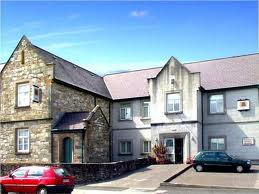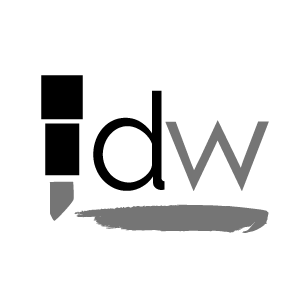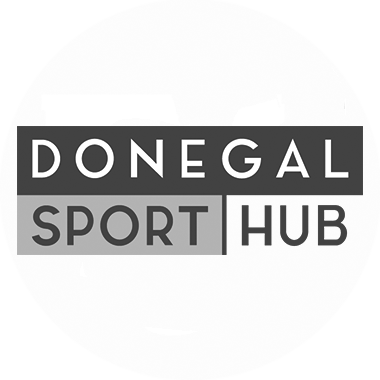A major mapping study of Co Donegal to collect vital scientific information has started.
The survey aims to obtain a baseline or “snapshot” of environmental conditions today which will help us manage the environment sustainably into the future.
Soil sampling began in Donegal in August this year and will continue throughout the autumn.
The geology of Donegal is varied and complex and presents a fascinating topic of study. Donegal’s ancient landscape has been shaped by 2 billion years of dramatic volcanic activity, erosion, sedimentation and glaciation.
Donegal County Museum will host a free public information talk on the Tellus Border Project at 1 o’clock on Thursday 22nd September.
Tellus Border will help people understand more about Donegal’s geology and natural landscape than ever before.
For example, we stand to gain a greater understanding of the problems of radon risk and natural element deficiencies and excesses in agricultural land.
Radon is a significant cause of lung cancer in Ireland and identifying areas of high radon is important for protecting public health.
In agriculture, natural element deficiencies or excesses can affect agricultural productivity. As part of the geochemical survey soil samples are being taken which allow will us to identify areas where there are high or low concentrations of elements which can affect livestock and crop health. Elements of interest include selenium, copper and iodine, and particularly molybdenum in Donegal.
The Tellus Border Project is a continuation of the successful Tellus Project in Northern Ireland which ran from 2004- 2007. As well as a ground-based geochemical survey involving soil, water and sediment sampling, there will be an airborne geophysical survey of the area in autumn this year.
An aircraft flying at a low altitude of 60m will measure properties of soil and rocks with geophysical instruments it carries on board. The portion of eastern part of Donegal (east of the Bluestack Mountains) will be flown as part of this phase of the survey.
The project has been funded by the INTERREG IVA development programme of the European Regional Development Fund, which is managed by the Special EU Programmes Body (SEUPB).
For information on the free public information session contact Donegal County Museum, High Road, Letterkenny, Co. Donegal. T 074 9124613 E museum@donegalcoco.ie
Ends
Tags:






